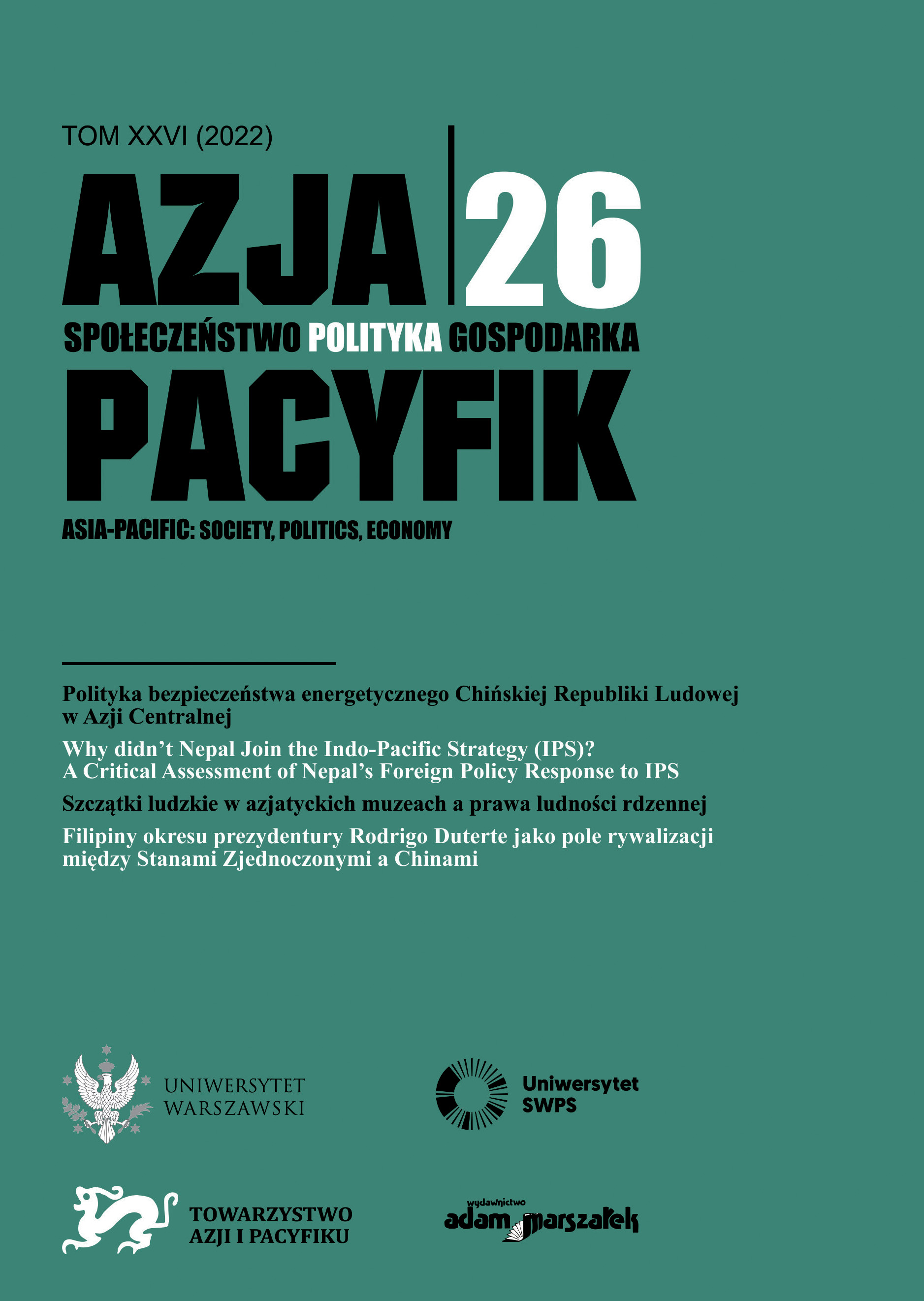SZCZĄTKI LUDZKIE W AZJATYCKICH MUZEACH
A PRAWA LUDNOŚCI RDZENNEJ
HUMAN REMAINS IN ASIAN MUSEUMS AND THE RIGHTS OF INDIGENOUS PEOPLES
Author(s): Łukasz PilarzSubject(s): Museology & Heritage Studies, Cultural Anthropology / Ethnology, Sociology of Culture, Social Norms / Social Control
Published by: Wydawnictwo Adam Marszałek
Keywords: restitution; museums; indigenous peoples; human remains; museum pieces;
Summary/Abstract: The work concerns the restitution of museum remains as a special cultural asset found in archaeological museums. The research problemconcerns reverence towards human remains constituting museum exhi-bits on the example of Singapore museums. This type of museum in-ventory has become the subject of intensified restitution activities onthe part of tribal minorities, indigenous peoples, who claim the rightto them based on the right to worship after their deceased ancestors,the right to protect cultural, religious, and traditional heritage. Suchlaw is based particularly on the Declaration on the Rights of Indige-nous Peoples. The research objective focuses, first of all, on the legalgrounds resulting from the Declaration, and secondly, on the analy-sis of the inventory of selected Singaporean museums, which conta-in exhibits that are human remains in their collections. The main re-search hypothesis focuses on the statement that Singapore, as one ofthe few Asian countries, maintains a special regime of pietism to-wards the deceased, which is manifested in the way of treating andstoring human remains as museum exhibits. It may be due to the co-untry’s cultural conditions on the one hand, and religious and legalconditions on the other. That, in turn, translates into the approach ofmuseums to restitution claims, which are increasingly being put for-ward by representatives of indigenous peoples in connection with thereturn of the remains of their deceased ancestors. These claims findtheir legal basis in acts of international law and collective human ri-ghts. Therefore, the work answers the questions whether museums inSingapore duly respect international law in protecting human remains and the rights of indigenous peoples, and how this translates intoreverence for this type of exhibits in museum practices in connectionwith ICOM regulations.
Journal: Azja-Pacyfik
- Issue Year: 2022
- Issue No: XXVI
- Page Range: 45-62
- Page Count: 18
- Language: Polish

